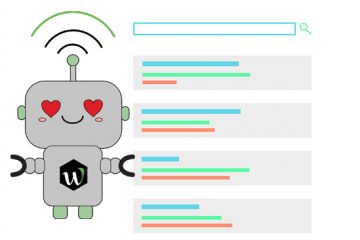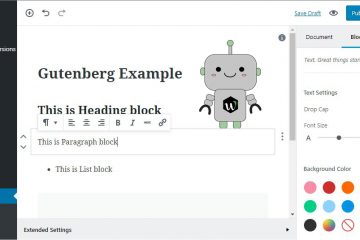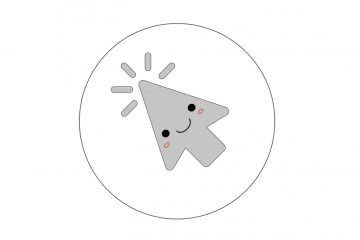Ideally, we want our website menu to be user-friendly. They should be able to easily access every inch of your site from any page. It should also be aesthetically pleasing at the same time. However, you might know the struggle of limited development options, like static themes, or non-responsive designs for mobile and tablet devices. These hitches can really gum up the works. It’s a bigger problem than you may realize too. When someone comes to your site and they can’t find what they need immediately, they’ll leave.
Your menu is the first thing they look at when searching around a website. If you want a menu that’s SEO friendly and makes sense to the user, we have some best practices that will come in handy when designing the main navigational menu.
SEO Website Menu
You might think you should have only one menu for your website. While that may look pretty, it’s not incredibly functional, more on that later.
Here’s a common example from Kay Jewelers website.
With Kay, you have all your categories across the top of the page and you can go to whatever product you’re interested in, then narrow it down from there. However, they also have another menu above this one that gives you the options to find a location, enter live chat, and check out your wish-list if you’ve already created an account.
It can be hard to see, but this is the way websites seem to be going. You should have two menus that adhere to different sects of your audience.
Take a look at another example, we’ll show a little pride since we’re located in Arizona.
Again, you see the prominent main menu and another one above that focuses on a different crowd. The main menu is designed for people interested in attending the school, while the menu above gives existing students a link to login to their profiles.
Why You Shouldn’t Clutter Your Menu
Next, you may ask, “Why not just keep adding to the main menu so everything is in the same space?”
While search engines don’t fault you for having too many links, Google allows up to 250 in fact, that doesn’t mean your users will like the experience. Imagine going to a news site because you’re generally interested in learning what’s going on in the world. When you get there you see a link for every city in the country in the main menu. Where would you begin? Does anyone do it like that? No, of course not. They break the news up by category. Take a look.
You can see the latest news for business, sports, world events, etc. You can find the general topics you’re interested in and narrow it down in the proceeding pages, like a funnel.
When you have too many links on one page, you weaken the value of each one. For example, let’s say you sell clothes. Your categories should be the same as what other stores use (shirts, pants, underwear, jackets, shoes, etc.) When you have these categories and you decide to add “Game of Thrones Shirts” in the main many because it’s popular right now, you’re telling search engines that these categories are equal. They might assume all your clothes are Game of Thrones-based and you limit yourself to larger markets over time.
The solution to the example I just mentioned is to create a funnel. Starting with a “Shirts” category, that could take them to another page where they have more categories: “Pop-Culture,” “Science,” “Movies,” Bands,” etc. When they go into your “Pop-Culture” category, they can find what they need there.
Think of it like this, with every link you add to your main menu, you distract from the main goal of your site.
What an SEO Menu Looks Like
We’ll start by saying there’s no perfect way to make a menu. You have to consider the industry, the audience, and specific goal you want to achieve.
However, when designing a menu, just keep these two questions in mind.
- What is the best menu structure for my business?
- What are the items I need (the minimum number)?
You should also keep sub-items down to the bare essentials. These are drop-downs that subcategorize the main items.
If you have any questions about menu design or marketing tips, set up a free consultation with our company and the experts at WebCroppers will be more than happy to oblige.





